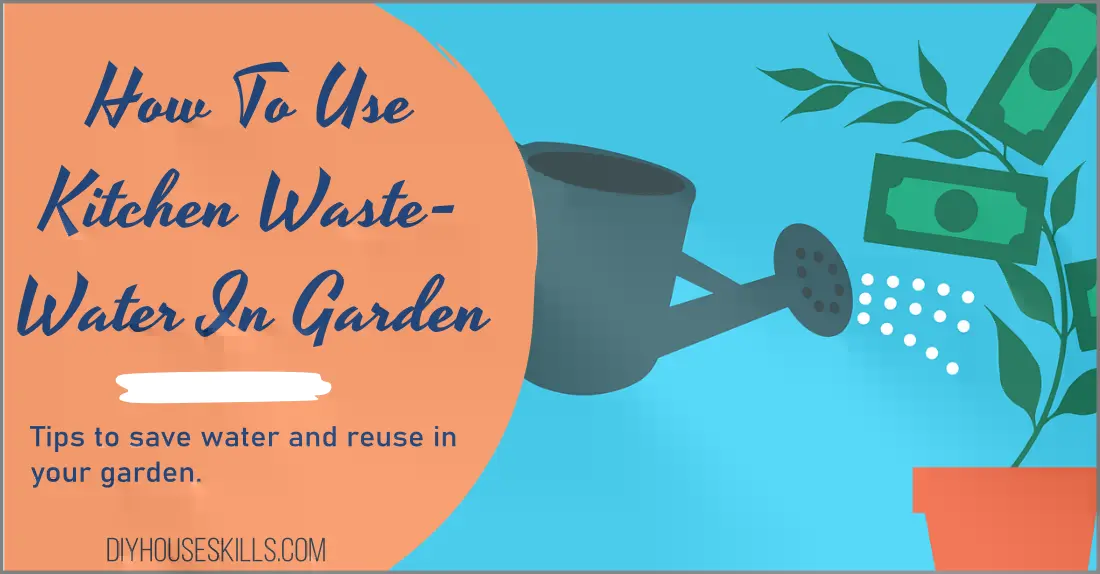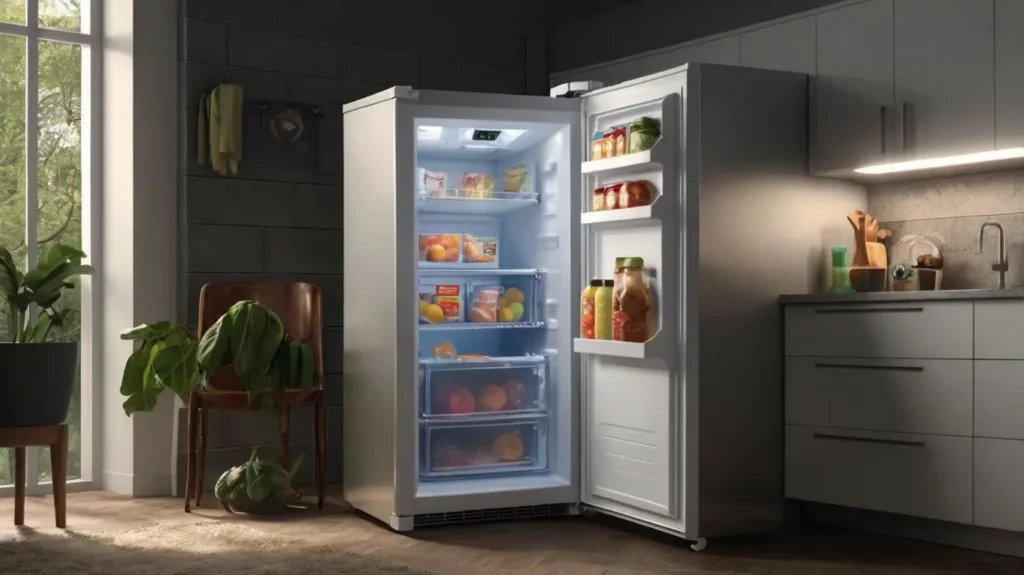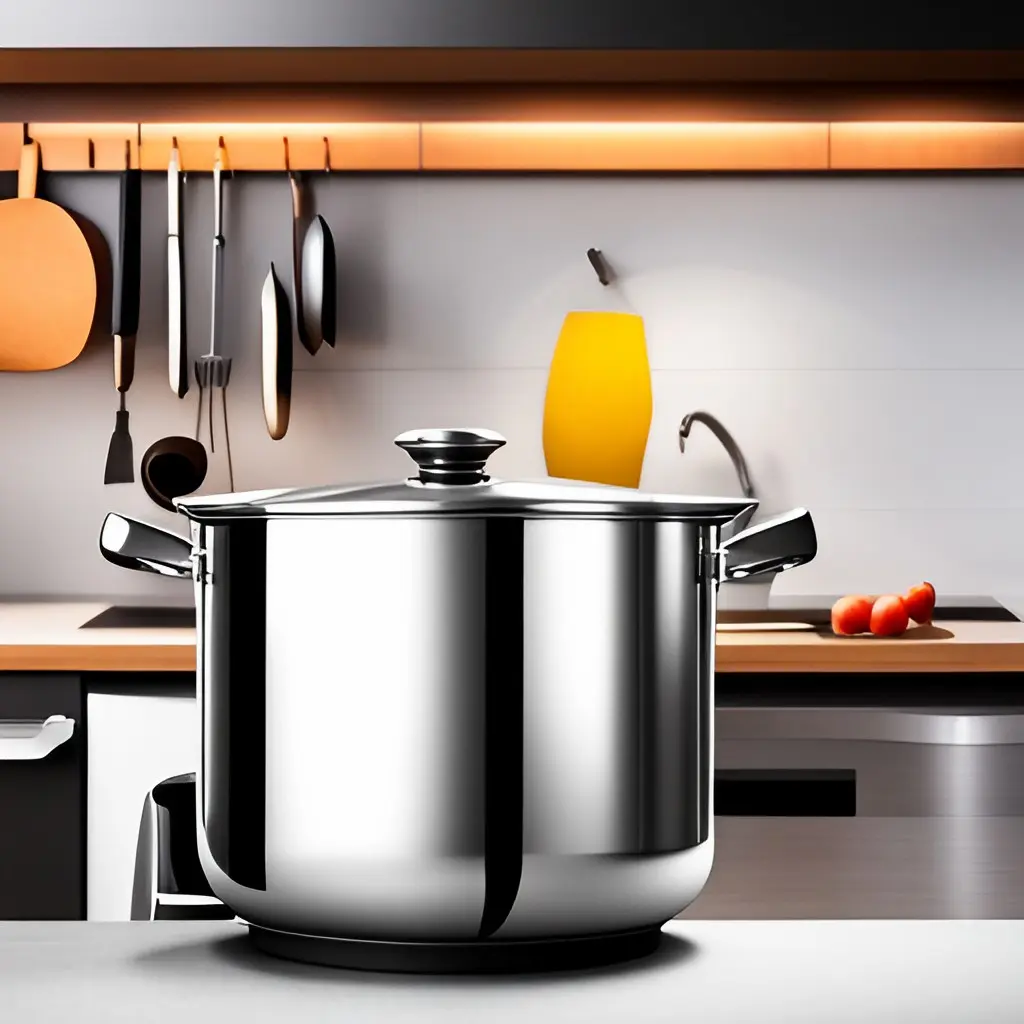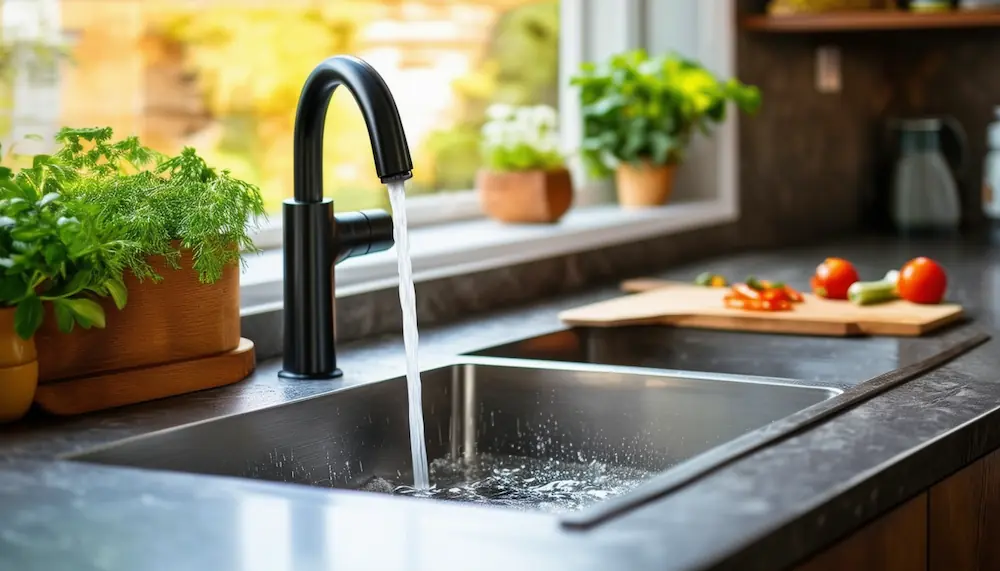Water use and waste in the typical American home are 80-100 gallons per day, with nearly as much being wasted as used. Using excessive amounts of water does not imply leaving the faucets open or neglecting to repair a leak. There is also a water loss in this process. That is why you should know how to use kitchen wastewater for gardening.
The United States spends $1.2 billion a year merely to keep up with the amount of rubbish produced. In light of these harrowing figures, it becomes even more critical to practice water conservation.
Water may be reused in the kitchen in a variety of ways, depending on the situation. Reusing water is never a waste, whether it’s the water you use to wash your produce or the water you use to clean your dishes.
Consider the following guidelines for repurposing kitchen trash for gardening.
How To Use Kitchen Waste Water For Gardening
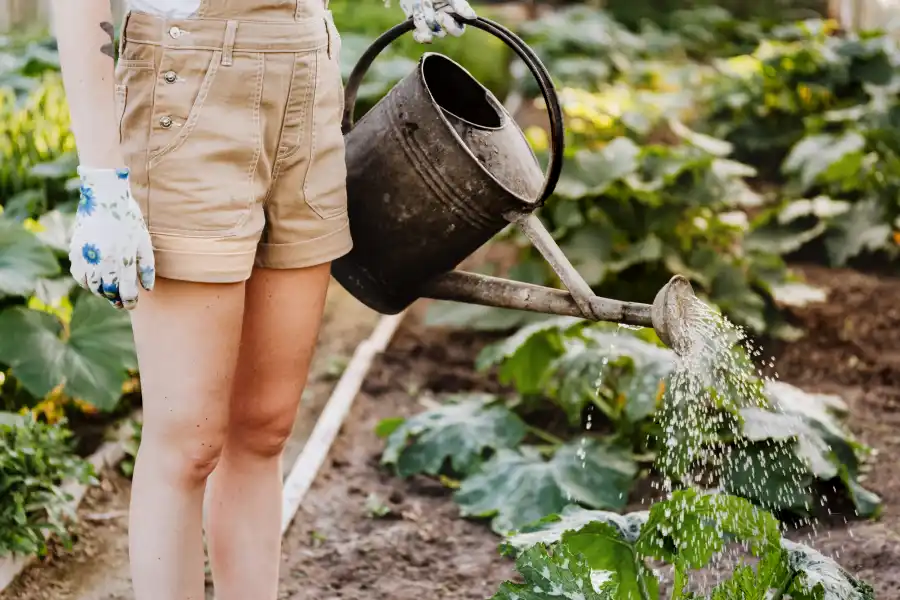
To indicate water that has not been tainted by human waste, the term greywater is often used. Another way to say it is that treated municipal water is being reused and recycled. Experts call cooking grease and other oils present in kitchen garbage “grey” or “black” waste since the vast majority of the water used to wash dishes does not include any of the chemicals found in these wastes.
Below are some important considerations in this regard:
Setup A Plumbing System
The first step in learning how to use kitchen waste for gardening is to set up a watering system that will allow you to do so safely and effectively. Because so much of the plumbing in modern homes is invisible, it is more difficult to add on to or remodel the structure.
Did you know: The average person uses about 4,300 gallons of water through faucets.
The Role Of An External Extension
An external extension or regulator may be necessary in order to keep the plumbing in place while building an exterior expansion to the house.
When it comes to plumbing system adjustments, external regulators are advantageous in two ways: they lessen the amount of work, and they are also conveniently accessible and repairable in the event of a problem.
You may hire a plumber to assist you with the installation of the PVC connection, or you can do it yourself.
Water Collection
To collect the water from your kitchen sink, you may want to consider using an external collecting device. Installing a tank under the sink and connecting it to a garden hose is one method of doing this. Without having to make any modifications to the plumbing system, you may simply dump wastewater into a sink using this approach.
Also Read: The 5 Best Indoor Garden Systems (Reviewed And Compared)
Steps Involved
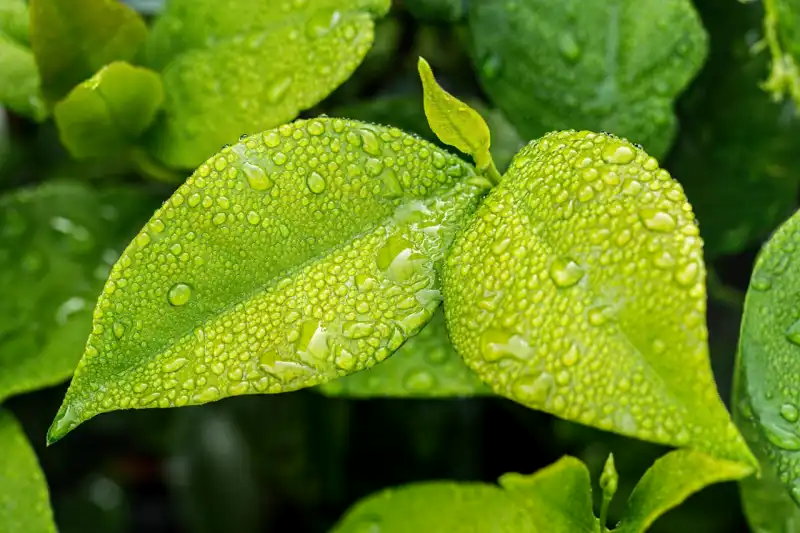
Gardening with kitchen water is a simple process that completes in a few stages.
Using the final rinse water from your dishwasher to irrigate your plants may save you money on water.
- Fill the sink halfway with water and put it aside for now. Preparing veggies, rinsing pasta, and washing dishes are all activities that contribute to the water supply of a garden.
- If you aren’t going to use it right away, put the jar with the spent cooking water someplace out of sight.
- If you don’t pay attention to water quality for more than 48 hours, it is probable that it may deteriorate.
- Before planting a tree or a plant, a little amount of kitchen wastewater can assist soil to help it grow more quickly.
- You may also water your plants with diluted kitchen effluent if you want to save money. Avoid spraying the diluted solution on moist leaves; instead, spraying it on dry leaves in the early morning or late at night to prevent fungal development would be most effective.
Also read: 5 Tips To Start Composting At Home: Everything You Need to Know
Tips To Consider
- There should be some kind of irrigation rotation system in place. Relocating where you recycle kitchen wastewater while watering your plants will help you avoid overwatering your plants and save money.
- Make sure that your children do not play in your greywater pond if you have one in your yard or garden.
- You should use greywater as soon as possible, ideally within 24 hours of its generation. Bacteria may then proliferate and represent a hazard to human health as a result of this.
- It is preferable to maintain the water in a shallow soak pit in order to restrict the formation of germs since it allows the water to quickly sink into the soil.
Also read: How Compost Bins Work and Benefits of Using One
Benefits Of Gardening Via Kitchen Water
If you are a gardener, learning how to utilize kitchen wastewater in your garden may be advantageous to you.
- It goes without saying that saving water will save you a substantial amount of money. Because of the growing cost of living in the United States, saving a penny is worth two cents.
- If you practice water conservation and wastewater reuse, you may be able to do away with the requirement for a separate water supply for your garden altogether. The result will be a reduction in the cost of your monthly water bill.
- Environmental conservation is critical for the long-term health of the planet. Conserving water at home is beneficial to us today and for future generations, as well as the environment.
- Agricultural irrigation is necessary for the production of food. Additionally, by adding greywater into your irrigation system, you will not only save time but will also save money on irrigation water. When it comes to protecting your garden from draughts and water constraints, this is a fantastic option to take into account.
- You should use greywater directly from the source to prevent river contamination. Saving water prevents it from flushing down in the toilet. This will contribute to a reduction in the number of contaminants entering our waterways.
- You will be more motivated to produce your own food if you have a strategy in place to accomplish your goal. Because of this, you are helping to the building of a world that is more ecologically friendly. As a result of this knowledge, it is now possible to cultivate organic fruits and vegetables in your own backyard.
Also read: Growing Indoor Microgreens DIY (Easy and Cheap)
Conclusion
Kitchen wastewater has previously been discussed in this article in terms of its use in horticultural practices. As a result of many technical breakthroughs, a full system can now be constructed for less than $3,000 in the majority of situations. The taste and cleanliness of kitchen water are already a source of contention, but minerals may be able to aid. Instead of flushing the water down the toilet when the drain gets clogged, gardeners repurpose it for other purposes. It is possible to conserve money and water by reusing items in your yard.
Also read: Growing Vegetables Indoors For Beginners (Your Complete Guide)

I’m J.S., I created and am the content manager at DIYHouseSkills.com. I do the research and write the articles that appear on this website. I’ve learned many household skills during my life and think it’s important to at least know the basics so that you can save yourself time and money… READ FULL BIO >
- DIY Secrets: Finding and Using the Bosch Ice Maker Reset ButtonHow do I find and use the Bosch ice maker reset button? The Bosch ice maker reset button is typically located at… Read more: DIY Secrets: Finding and Using the Bosch Ice Maker Reset Button
- Chest Freezer vs. Upright Freezer: Which Should You Buy?Choosing the right freezer for your home can significantly impact your food storage capabilities and energy bills. This comparison will help you… Read more: Chest Freezer vs. Upright Freezer: Which Should You Buy?
- Say Goodbye to Stubborn Stains on Stainless Steel PotsImmediate Answer Effectively cleaning stainless steel pots involves a few straightforward steps. First, rinse the pot with warm water to remove any… Read more: Say Goodbye to Stubborn Stains on Stainless Steel Pots
- Transform Your Morning Brew: Expert Tips for Better CoffeeFinding the perfect cup of coffee can transform your morning, setting a positive tone for the day ahead. Whether you’re a seasoned… Read more: Transform Your Morning Brew: Expert Tips for Better Coffee
- Effortlessly Remove Mold From Tile Grout with These Easy StepsImmediate Answer To effectively remove mold from tile grout, you need to follow a systematic approach that ensures both the mold is… Read more: Effortlessly Remove Mold From Tile Grout with These Easy Steps
- Proven Strategies to Unclog Your Kitchen Sink EfficientlyUnblocking a kitchen sink can seem like a daunting task, but with the right tools and techniques, you can quickly restore your… Read more: Proven Strategies to Unclog Your Kitchen Sink Efficiently
